Want to have more blossoms? But don’t know why your plants are not producing flowers? Here’s What to Do if Your Plants are Not Blooming!
If you are wondering why your favorite flowering plant is failing to display blooms, then it might be due to several reasons. Let’s dive deep into them and know What to Do if Your Plants Are Not Blooming!
What to Do if Your Plants Are Not Blooming
1. Lack of Sunlight

The number one reason why most of the flowering plants fail to bloom is the lack of sunlight. Contrary to popular belief, where people think 4-5 hours of sunlight may be more than enough, most flowering plants actually need more than 6 hours of bright sun every day to bloom profusely.
You need to check your individual plant’s growing needs to see if the sunlight requirement is fulfilled.
2. Pick the Right Location
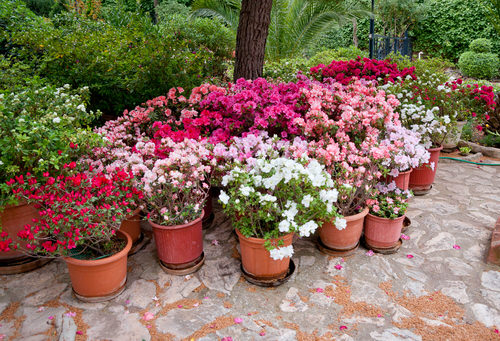
While some of the flowering plants may be more than happy to bask in the sun all day long, some may need just the right amount of sun and then shade for the rest of the day. Impatiens, Azaleas, Rhododendrons, and Hydrangeas love their dose of partial sunlight but won’t be happy if they are exposed to the harsh afternoon light.
Whereas flowering succulents, roses, and bougainvilleas will be more than happy to be in the afternoon sun.
3. Maturity Period
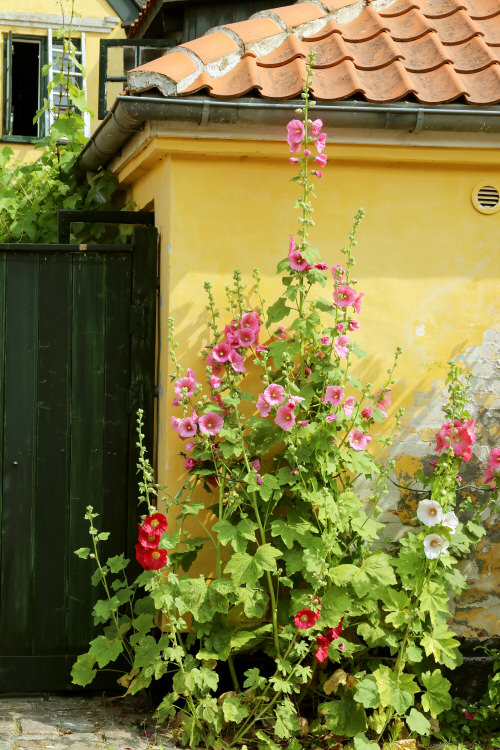
Every plant has its own maturity period, and it booms accordingly. Some may flower quickly, while some won’t:
- Annuals, as the name suggests, flower once in their growing season, usually in spring and summer or fall, and some may appear to bloom in winter.
- Biennials flower best in the second year. Do not expect flowers like hollyhocks to bloom heavily in the first year.
- Perennials are the ones to go for if you are fond of repeated flowers.
4. Excessive Fertilizers
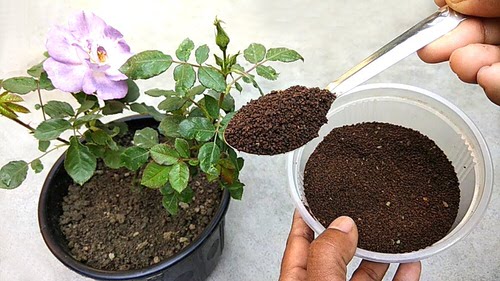
People think that using too much fertilizer will help the plant to bloom immediately and excessively. This is NOT true. If you are using too much of it, you might be exactly doing the opposite, and it may not only stop the plant from blooming but eventually kill it, too.
Check your plant’s soil and fertilizing needs before changing the course of action, and take the right measures to provide nutrients to the soil to help it bloom.
Tip: Avoid using high-nitrogen fertilizer as it will promote lush foliage at the expense of colorful flowers.
5. Lack of Fertilizer
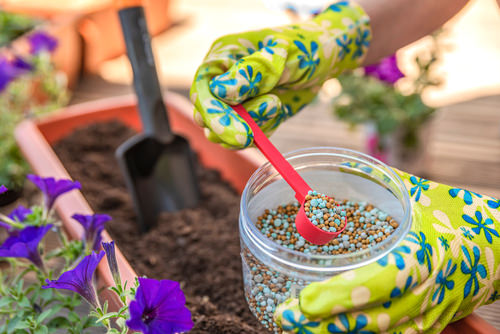
Using a phosphorous-rich fertilizer will help in flowering as it promotes the transfer of energy for root development and flowering. It also aids in photosynthesis and regulates many metabolic processes, all of which work in favor of plants to produce more blooms.
Go for a 15-30-15 or 10-30-20 blend for prolific flowers, but if you notice an overall lack of growth, balanced liquid fertilizer like 20-20-20 would be best.
6. Is Your Plant Sick?
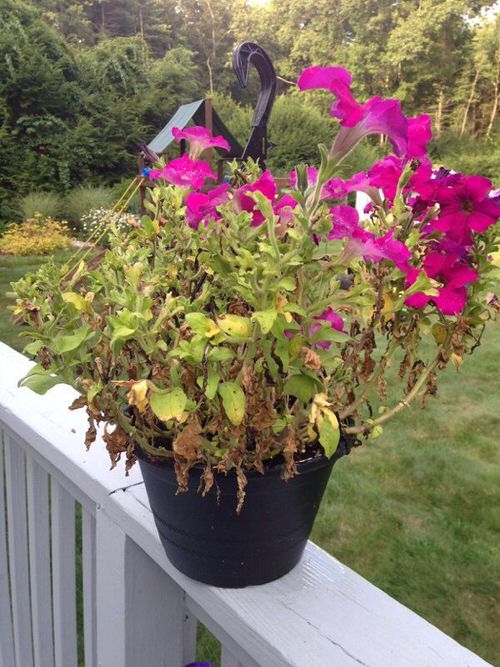
Pests and diseases can also be the reason why your plants are not blooming. Check for the signs like drooping foliage, spots on leaves, and pests on the undersides and buds from time to time.
Treat the plant with either insecticidal soaps or neem oil solution to get rid of the problem right away. Once the plant restores its health, wait for it to bloom.
7. Incorrect Pruning
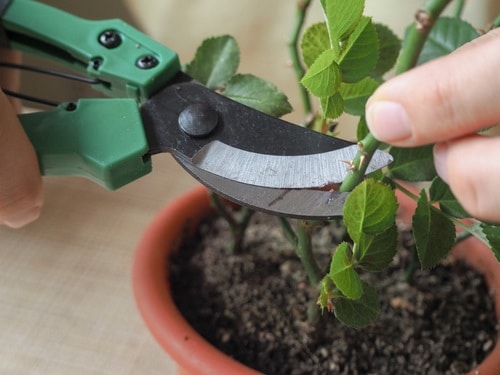
If you are pruning at the wrong time, it could be the number one reason for the plants to show no flowers. Pruning the plant late in the season strips off all the buds for next year’s blooms.
Check for pruning guidance on your flowering plants before you start to snip off healthy buds in advance.
8. Winter Damage

Usually, snow acts as an insulator for the plants and protects them, but strong and harsh chilly winds could kill the buds.
Plants need a dormant period to set their buds. If it gets too cold, it might kill the buds, preventing the plant from flowering at all. Bringing the plant indoors will keep the buds and plants safe from extreme cold. You also have the option to grow plants like Christmas cactus, which will be more than happy to bloom indoors in winter!
Based on the plant’s winter care needs, give them all the warmth, protection, and care in harsh winters so that they bloom just right in the coming season!
9. Overly Large Pot
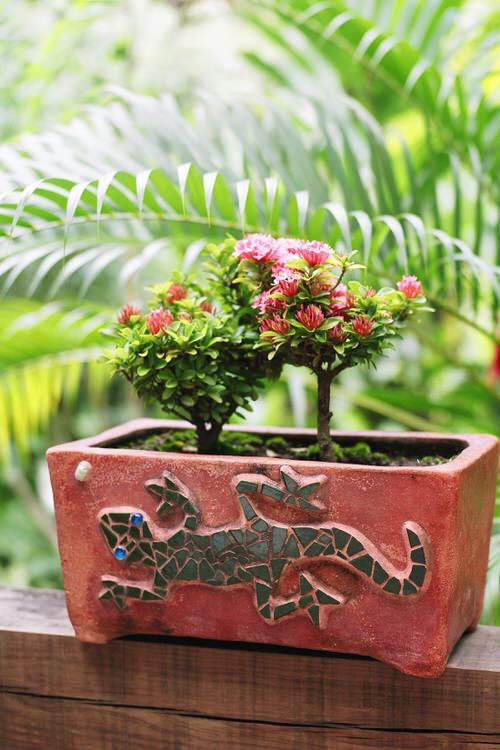
Growing flowers in larger than required pots will result in less blooming, as the plant will divert its energy more into establishing its roots. Ideally, the pot must always be one size bigger than the root ball of the plant, especially for annuals. This will ensure your plant flowers well at present and don’t focus its energy on root development!
10. Get Rid of Suckers

Suckers are shoots that come out of the bush’s rootstock. They are long and slender and have leaves and foliage that look slightly different from the main plant.
If you are growing grafted roses, then you need to be careful of them. If not snipped away in time, they replace the original plant.
11. No Deadheading
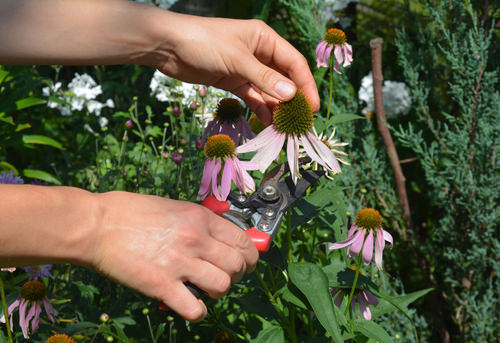
Deadheading (removing faded flowers) is the best way to ensure the plants continues to bloom. It also helps to stimulate new flowers—simply snip away old blooms with pruning shears or hands.
Flowers that benefit the most from deadheading are Snapdragon, Cosmos, Zinnia, Heliotrope, Dahlias, Marigold, Geraniums, and Petunias.
12. New Growth vs. Old Growth
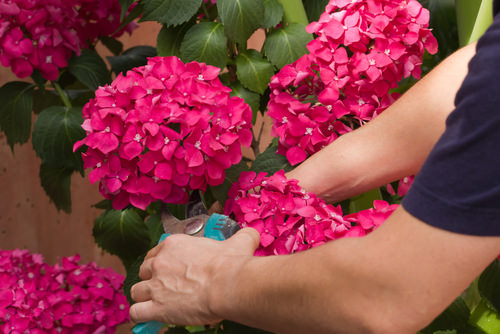
While pruning the plant, you have to understand the difference between the new and old growth. Flowers like forsythia bloom from the old wood, and pruning the old stem will eliminate the chances of the plant blooming. For old wood, trim the plant right after they bloom.
Some of the hydrangea varieties and spirea, flowers from the new growth, and snipping away the new stems will prevent the plant from blooming. For new growth, the best time to prune is late winter or early spring.



I like the paragraph about fertilizer. I work at a garden center and everybody thinks the answer to all plant problems is more fertilizer. I personally do my plants with water from my fish tank once a month. But through expierience i would focus on The soil ,water and right light conditions. Its rarely not enough fertilizer is the problem
Thanks all who are involved in such creativity.